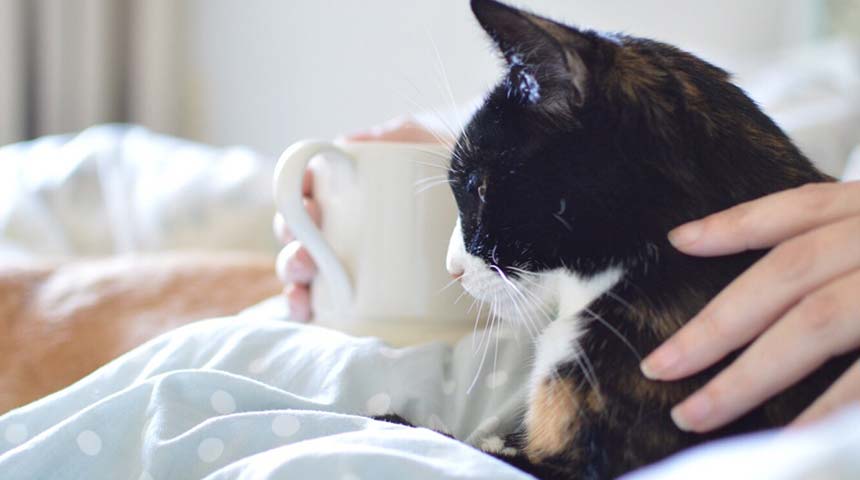
What is it?
It is a small piece of hypoallergenic metal about the size and shape of a grain of rice.
Where is it?
It is inserted under the cat’s skin, between its shoulder blades. Sometimes the microchip may move a little to one side or the other of the shoulders before settling.
Will it hurt my cat?
Once the chip is implanted, the cat doesn't feel it. However, the needle to insert it under the skin is larger than the one used for vaccinations for example. A good opion is to have it done at the same time as a routine anaesthesia (e.g.: sterilization), if the cat has a strong reaction to injections. In general, this procedure is done while the cat is awake and it usually works well because it is done very quickly.
What is it used for?
The microchip is used to permanently identify an cat since, unless surgery is performed, it will not be removed.
Can I know the location of my cat once it has a microchip?
Unfortunately no, since the chip doesn’t have a GPS tracker. The microchip is designed to find the owner rather than the cat.
How does it work?
Each microchip has a unique number. The cat must be scanned with a microchip reader. Then the microchip company must be contacted to access their database. The microchip company will then be able to identify the cat and its owner through this identification number. This is why it is essential to keep your information up to date with your microchip company.
What happens if the person who finds the cat doesn’t have a microchip reader?
Cats that are microchipped will receive a tag stating this. It is also recommended that any cat found by a veterinarian, shelter, pound, or any authority that may have a microchip reader be checked so that the owner can be found.
Is it necessary for travel?
We advise you to find out about the regulations in force at your destination, as some countries may require it. To find out more about travelling with your pet, see our advice here.

